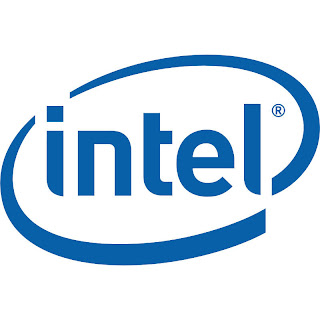Intel has made great strides in improving the graphics performance of its chips since the introduction of its Sandy Bridge architecture at the start of this year, but the company believes that they have to change how computer users perceive these solutions in order for them to become truly popular.
"I would say that the biggest thing that we're up against is perception,” said Pat Bliemer, Managing Director for Northern Europe and Benelux at Intel, in an exclusive interview with the Nordic Hardware website.
“And it's not as much as actual performance or that ours is not as good as theirs [referring to AMD] or vice versa.
“I do think that there still is a notion with an average computer user that you need to have a discrete graphics solution and that integrated graphics is not as competitive,” continued Mr. Bliemer. “And I think this applies as much to AMD as it does to us right?"
Intel’s rep continued by saying that even if integrated graphics have greatly improved in the last year users still believe that using the built-in GPU found inside today’s processors won’t actually allow them to run the games they want or use high resolutions modes on their monitors.
According to Bliemer all these myths will continue to live on for quite some time from now, but eventually people will realize that built-in GPUs are good enough for most of the tasks that they run.
“We do think that more people will realize that what they actually have in their CPUs is good enough to run 99,98 percent of the things that they do.
“If you talk about mainstream gaming you can elegantly do it already based on GT2 [Intel HD 3000] solutions that we have,” said Bliemer.
While some of you wouldn’t agree with this last claim, there’s no denying the fact the integrated graphics have come a long way in the short time since Intel and AMD started adding GPUs to their processors, and with the advent of Ivy Bridge and Trinity the next year, integrated graphics will definitely become even faster than today.



 12/06/2011 09:06:00 PM
12/06/2011 09:06:00 PM
 dannzfay
dannzfay


 Posted in:
Posted in: 









0 comments:
Post a Comment